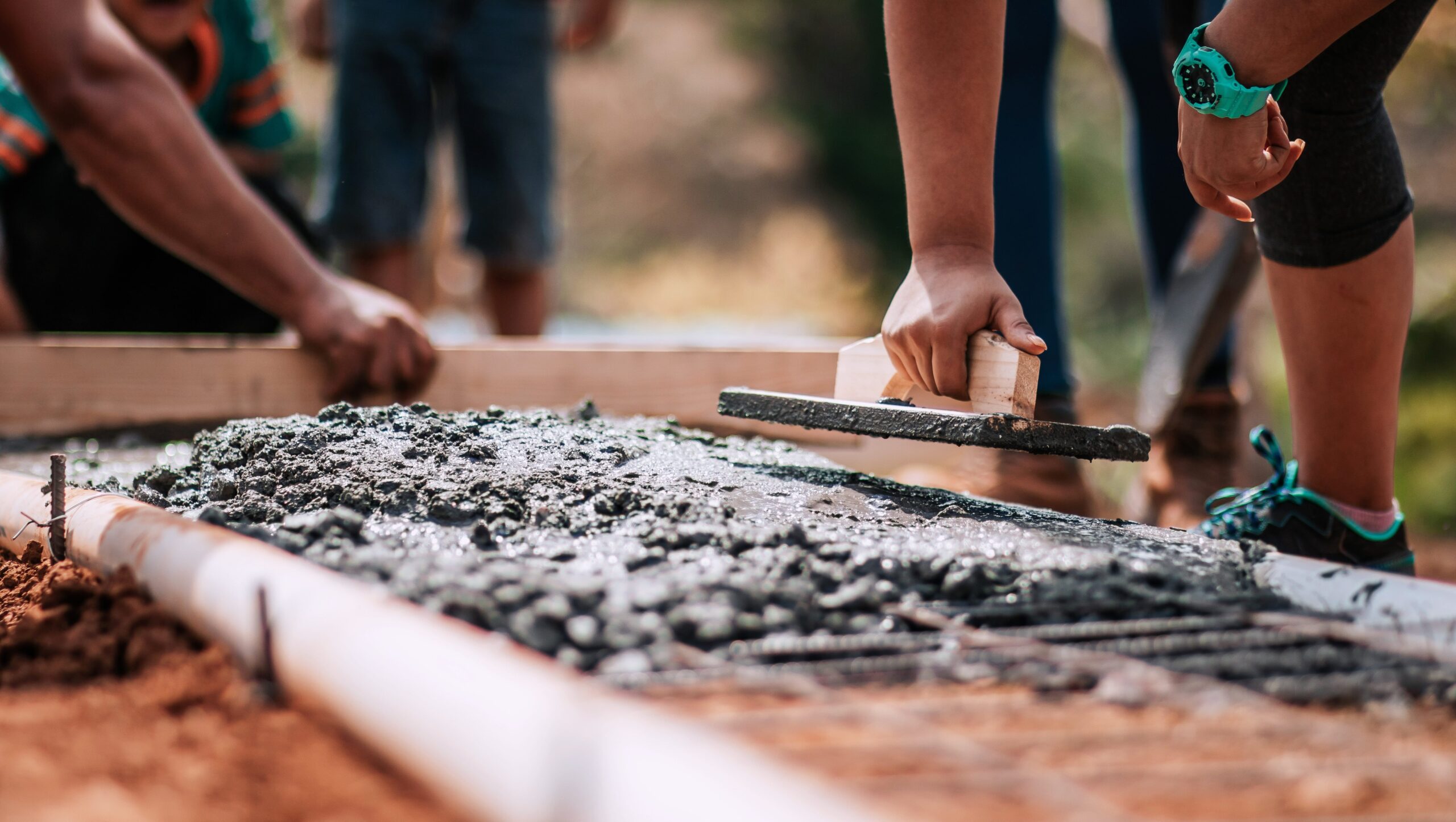The recovery of the Catalan cement market that was in sight at the end of 2021 and the beginning of 2022 shows a clear slowdown trend, highly conditioned by factors unrelated to the manufacturing companies. Among them, the evolution of prices (energy, raw materials, CO2 emission rights) and its effect on internal demand stand out, since some promotions could stop or not start because they do not know what the real costs will be. The difficult international situation also generates insecurity, although European incentives should help reactivate the construction of the infrastructures that citizens and the country need.
Thus, the data collected last April shows that cement consumption in Catalonia has barely grown by 5.6% compared to April 2021, which brings the year-on-year evolution to a similar figure (5% increase in the last 12 months). For their part, exports -which constitute the other outlet for products from Catalan factories- continue in free fall, reducing 38.6% in April and 22% in the last year.
In a context of strong investments to achieve climate neutrality in the sector, the perspectives of companies are conditioned by the uncertainty of the business in the short term and are also affected by the Generalitat’s project to impose a tax on emissions of CO2 from industrial activities. For the president of the Ciment Català employers’ association, Salvador Fernández Capo, if this legislative initiative is approved “we would find ourselves facing the perfect storm”, to the point that the operation of certain Catalan factories would be seriously threatened.
The risk of relocation of production in other territories continues to increase. The variable costs of manufacturing clinker and cement -especially those related to energy- have skyrocketed in the last year by more than 150%, which implies an increase of more than €25 per ton of cement produced. This situation severely hampers the competitiveness of Catalan factories.

